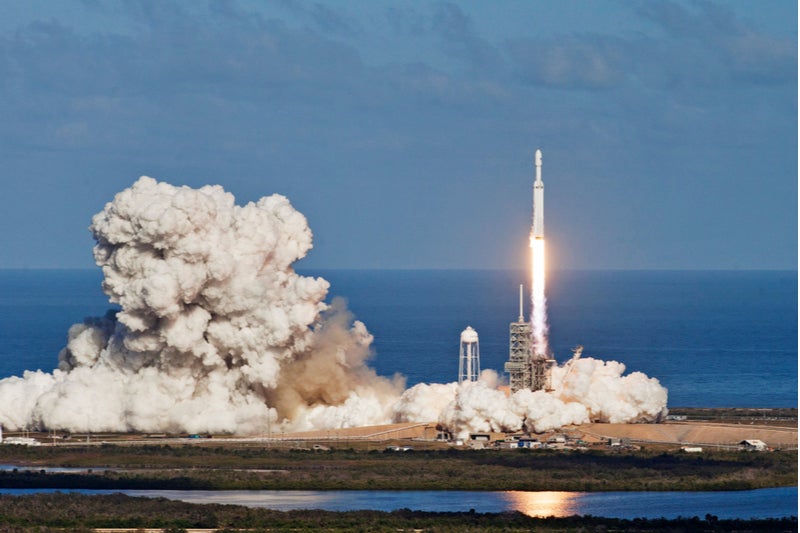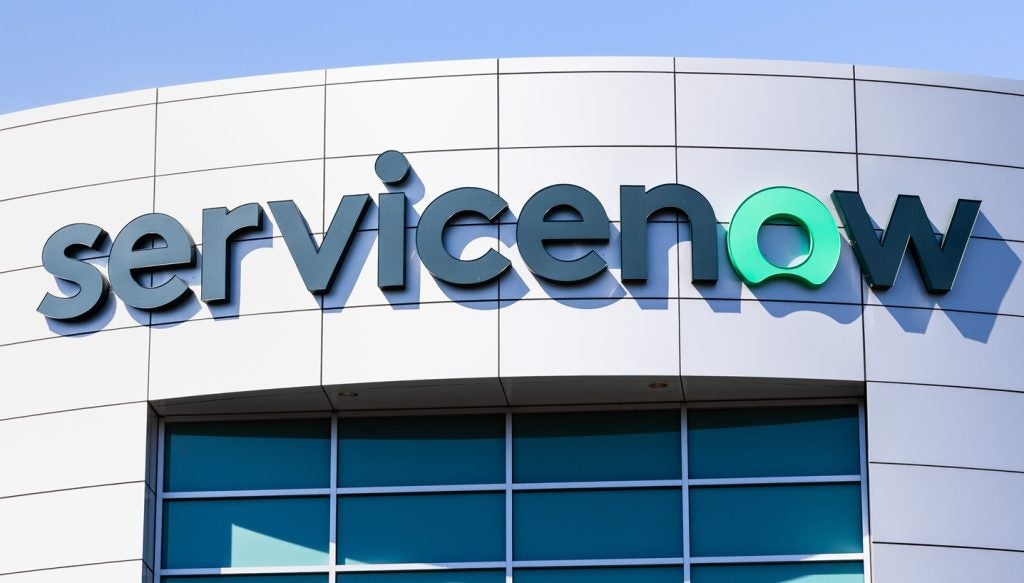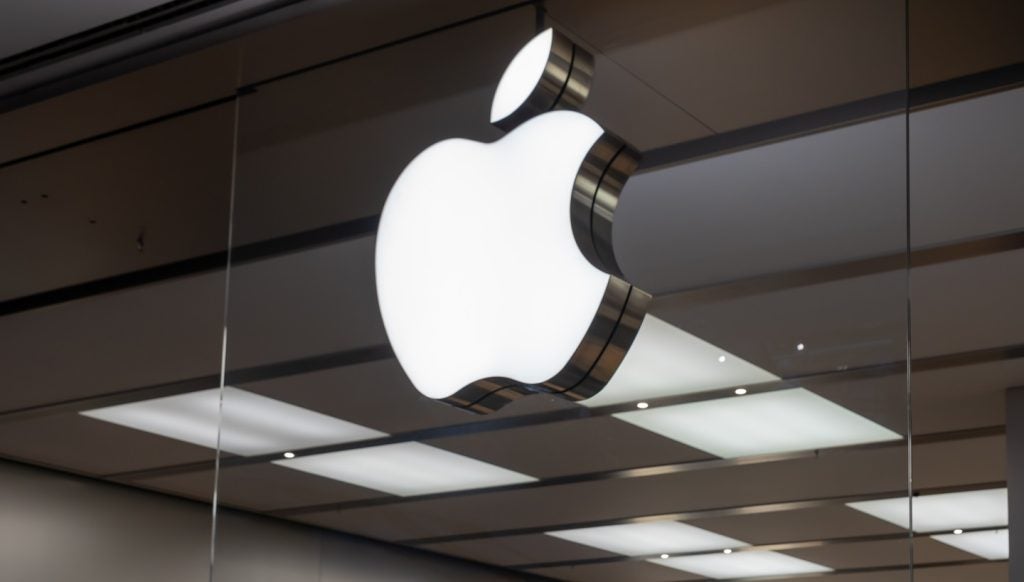Tech tycoon Elon Musk has dramatically upscaled his plans to build a network of low-Earth-orbit (LEO) satellites that would bring broadband internet access to the entire planet.
LEO satellites have seen a comeback recently due to technological advancements and lower launch costs, but a business model to justify the investment project remains elusive.
Elon Musk-owned SpaceX has announced plans to greatly expand the scope of its Starlink LEO satellite network, announcing a 2.5x increase in the number of satellites it plans to launch.
However, the announcement appears oddly timed, considering the company is new to satellite launches and has yet to establish there is a real business case for a LEO service.
Musk had already captured the industry’s attention when he previously announced plans to launch 12,000 satellites (which operate within 2,000km of Earth). In Starlink’s case, the LEO satellites would operate at 328km to 580km.
Musk intends to launch the service in the middle of next year, at which time Starlink will only have launched several hundred or perhaps 1,000 satellites. To date, the company has only launched 60 satellites and, based on its current launch schedule, it will take years for Starlink to come anything close to 12,000 satellites.
SpaceX’s most recent filing to the UN’s International Telecommunications Union outlines the technical specifications surrounding the launch and operation of an additional 30,000 satellites, including radio frequencies to be used and specific orbit plans.
What the new plan does not address is whether there is a viable business plan to justify Starlink’s very modest initial launch plans, let alone its more expansive launch schedule.
Earlier LEO satellite networks, such as Iridium and Globalstar, crashed and burned in the late 1990s and early 2000s, however, Musk and other satellite proponents say, the next wave of LEO satellite clusters will be more efficient and better performing than their predecessors.
Another advantage to the current generation of LEO satellites may also be the deep-pocketed billionaires who can afford to invest in making the technology succeed.
Amazon’s billionaire CEO, Jeff Bezos, owns Blue Origin, a rocket company which is building reusable spacecraft that could make launching satellites into space much more routine and cost-effective.
Considering the challenges that mobile operators often face in getting regulatory approvals to deploy cell sites and install fibre in the ground, making satellite delivery a relatively cost-effective proposition could achieve what previous generations were never able to accomplish.
In this early stage of LEO technology, the most likely application will be for the global shipping industry which could do with the type of connectivity typically available only from terrestrial systems. Or in Bezos’ case – a global network of drones waiting to deliver your Amazon packages with one-hour delivery across a single network of satellites.








